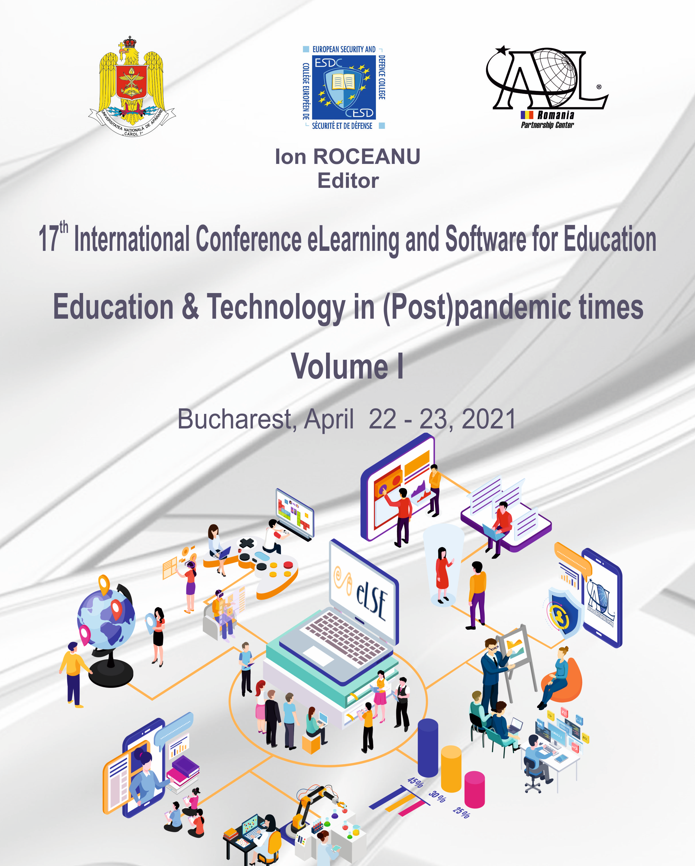DEBUNKING THE MYTHS OF E-LEARNING DURING THE COVID-19 PANDEMIC
DEBUNKING THE MYTHS OF E-LEARNING DURING THE COVID-19 PANDEMIC
Author(s): Mirela Ioniță, Veronica PĂSTAESubject(s): Health and medicine and law, Distance learning / e-learning, Pedagogy
Published by: Carol I National Defence University Publishing House
Keywords: e-learning; communication; COVID-19 pandemic; virtual teaching;
Summary/Abstract: The context of the COVID-19 pandemic placed e-learning in the mainstream, to prove its usefulness and efficiency, but it also brought to the fore the shortcomings of this type of alternative learning. Previous educational concerns have generally focused on improving online learning platforms, on the development and improvement of digital applications - in general, on technical aspects, inherent to the development of learning processes. The issues of Internet connection, user-friendly interfaces, educational platforms’ security are further intensely addressed - as well as technical issues. But real practice during the pandemic has brought out additional aspects: psychological issues, such as adapting to new learning conditions, picking up new teaching and learning methods, understanding the differences between online and face-to-face education, and pedagogical ones, regarding content delivery and evaluation methods. To these problems few or no solutions have yet been found, despite the intense and widely publicized efforts made in this respect. In our opinion, however, an important cause of the e-learning failures is the mindset inertia of the actors involved in institutionalized education. On the one hand, the transition from face-to-face education to online learning was too rapid, which meant that all actors involved had to make the switch, without an alternative or time to adapt. On the other hand, those involved, imagined that e-learning could fully replace traditional learning, and that the transition would simply mean a conversion of the communication environment and not a complex rethinking of educational paradigms. We believe that people have actually ignored that each communication medium has its own strategies for efficiently conveying the messages and for obtaining adequate feedback. We also believe that the relational aspect between high technology and the expectations of the actors involved, of students, teachers, and especially decision-makers, was given too little attention.
Journal: Conference proceedings of »eLearning and Software for Education« (eLSE)
- Issue Year: 17/2021
- Issue No: 01
- Page Range: 170-175
- Page Count: 6
- Language: English

